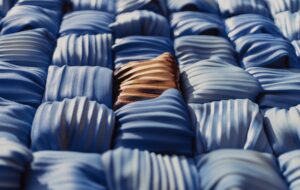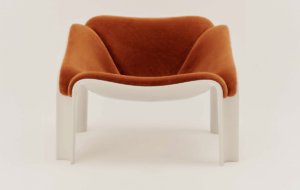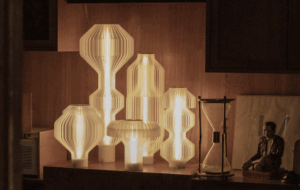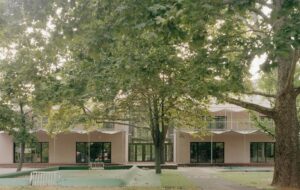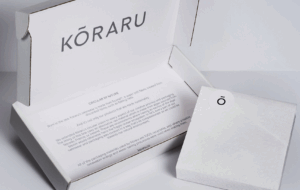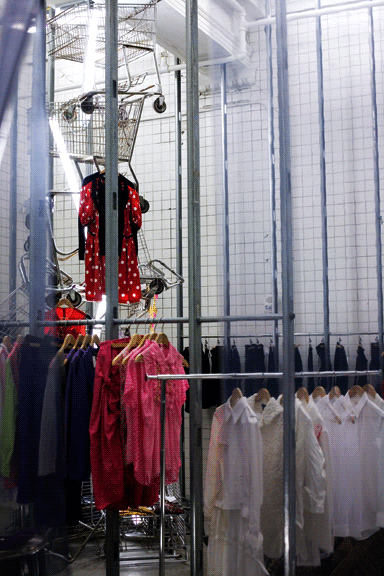
words Ana Vukadin
A 7.5m tower of shopping carts rises from the centre of the latest Comme des Garçons guerrilla store, in Los Angeles.
CDG’s debut in the US is co-owned by LA-based artists Tak Kato and Brett Westfall. “Tak designed the whole space. We didn’t hire any architects because the shop is intended as an art piece,” says Westfall, who collaborated with CDG in 2004 and convinced them to open the single-room boutique in Downtown LA.
The guerrilla philosophy is simple: the label accepts proposals from fashion lovers around the world to “occupy” a space for one year, with a minimal budget for the interior design. Locations are generally chosen in marginalised areas and are advertised by word of mouth. “This space is really the antithesis of what is happening on the west side, which is trendy and plastic Hollywood,” says Westfall.
The entrance is hard to find: a gatekeeper leads you through a bulky black gate, down an alleyway and finally into the room of a former 100-year-old bank. The walls are covered in 6,500 white ceramic tiles, which have been intentionally cracked, while metal studs running from floor to ceiling contrast with the original neoclassical columns. These, along with the tower of trolleys, also function as displays for the clothes.
Rei Kawakubo, who founded the avant-garde Japanese fashion label in 1969 and is known for her cutting-edge tattered clothes, first developed the concept of the CDG guerrilla store in 2004 in Berlin, and since then has opened numerous versions around the globe. The boutique will carry both new pieces and past seasons’ clothing.
images Monica Nouwens
top image Clothes hang from shopping trolleys and industrial-style metal grids
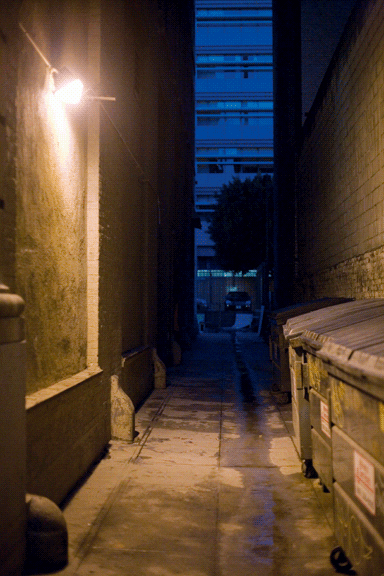
A hidden alleyway leads to the boutique’s entrance






